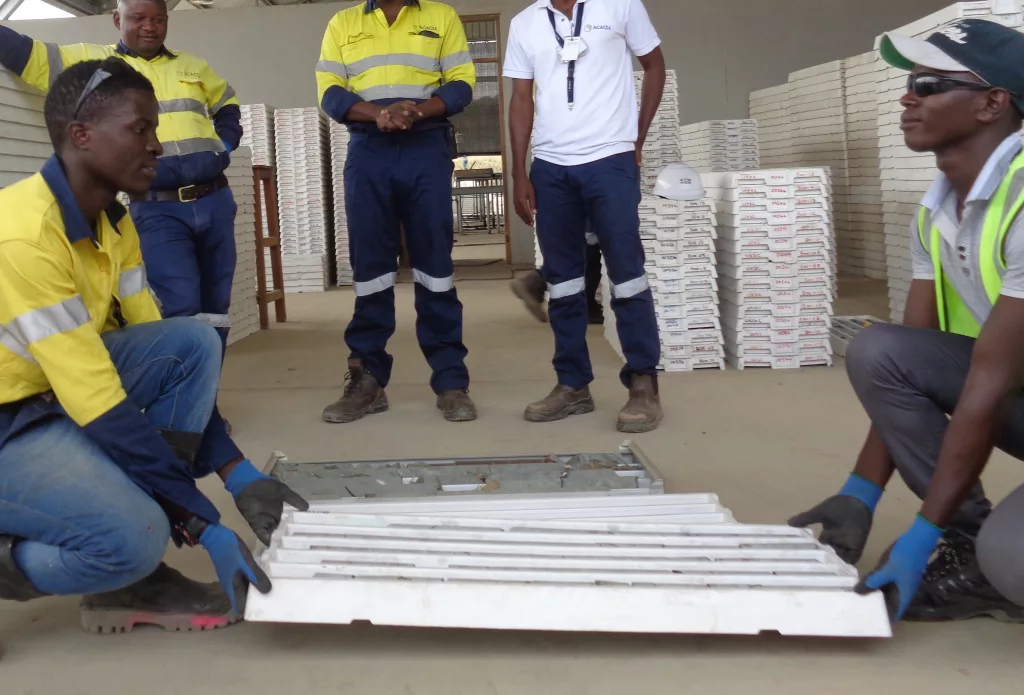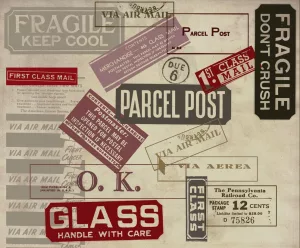Manual Handling Training & Why it Makes Sense

The core principles of manual handling
The 5 Ps of manual handling are as follows:
- Plan – Prior to moving an item, a degree of planning is required. Is the distance adequate to carry out the lift without stopping? Are there any potential obstacles on the path? The answers to questions such as these will help you to formulate a plan.
- Position – Your position in relation to the object to be lifted is obviously important, try to balance the load and use handles if they are provided. Lift with a straight back and slightly bent legs to minimise the risk of pulling a muscle.
- Pick – How you hold the item is important; use two hands and try to hold the item in a balanced way. Of course, heavy items require mechanical aids like the amazing bin tippers Sitecraft offer on their website, which allows you to safely move and empty bins.
- Proceed – Prior to commencing the move, check that the path from A to B is free from obstacles, while also checking the floor for anything that might cause a slip.
- Place – When placing the load at the destination, lower the item slowly, do not let the object go until it is safe to do so.
If you would like to learn more about manual handling training, start with an online search to find a leading Australian organisation that offers such training and browse a few websites until you find what you are looking for.
Safety factors to take into account when manually handling heavy items.
- Check the total distance of the lift and plan a stop-off point if required.
- Change grip is necessary.
- Never carry above shoulder level.
- Never try to lift something that you consider too heavy for one person.
- Pushing is better than pulling.
- Rotate the lifting when working in a team to avoid excessive labour.
Finally, you should always ask for help if you think you need it; any hesitation is a red flag, so do not proceed, rather carry out a further risk assessment and seek assistance if unsure.
Your employees should know how to manually handle items and a local organisation can visit your facility and carry out a needs assessment to determine the content of the course. The cost of the training can be offset against the extra productivity thanks to fewer accidents in the workplace, while your employees will thank you for caring enough to set up training.








